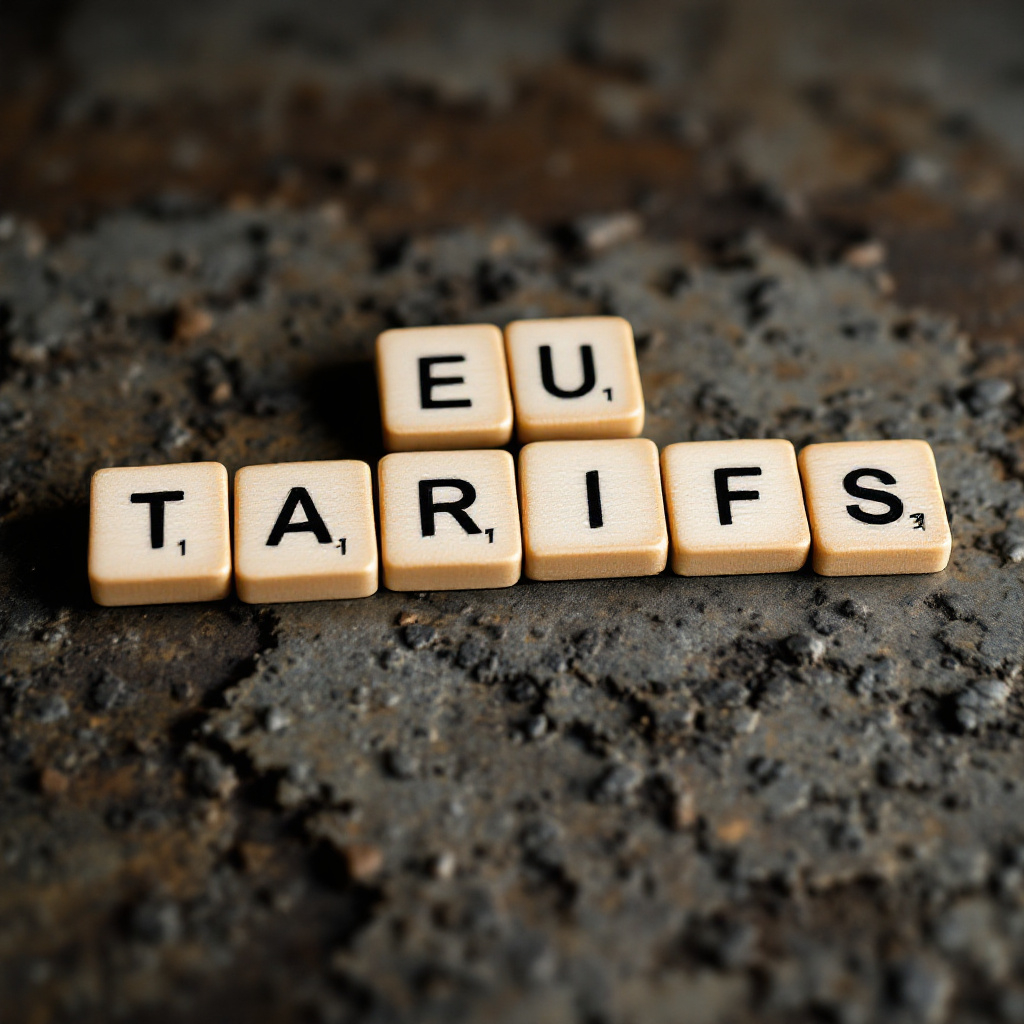Trade policies in 2025 are shifting. For small and medium-sized enterprises (SMEs) in Europe, this means adapting to new rules and understanding how international decisions affect business. One of the most significant changes this year is the recent announcement by Donald Trump, now a key figure in U.S. politics again, proposing new tariffs on European goods. This move has sparked concern among European exporters, especially in sectors like automotive, agriculture, and machinery.
This article outlines what these changes mean for small businesses and what steps they can take to reduce risks and find new opportunities.
What Are Tariffs and Trade Rules?
Tariffs are taxes on imported goods. Governments use them to protect local industries or respond to trade imbalances. Trade rules include regulations on product standards, customs procedures, and market access.
For SMEs, these rules shape the cost of doing business across borders. Even small changes can affect prices, supply chains, and competitiveness.
Trump’s New Tariffs: What’s Happening in 2025
In early 2025, Trump proposed higher tariffs on a wide range of European products, including cars, steel, wine, and dairy. The stated goal is to protect American jobs and reduce the trade deficit with Europe.
If these tariffs are enforced, European goods entering the U.S. will become more expensive. This could lead to lower sales for exporters and supply chain disruptions for SMEs involved in transatlantic trade.
Impact on European SMEs
Higher Costs and Lower Margins
SMEs exporting to the U.S. may need to absorb some of the added costs or pass them on to customers. This can reduce profit margins or make products less competitive.
Disrupted Supply Chains
Some SMEs rely on parts or materials sourced from U.S. companies. Tariffs can slow down deliveries, raise prices, and cause uncertainty in planning.
Regulatory Uncertainty
Ongoing political shifts make it harder for SMEs to plan long-term. Trade rules may change again in the coming months depending on how EU-U.S. negotiations progress.
Sector-Specific Risks
Industries such as automotive, wine, cheese, and high-end manufacturing face the highest risk. Small firms in these sectors should review their exposure to U.S. markets.
How the EU Is Responding
The European Commission has expressed concern about the proposed tariffs and is exploring diplomatic and legal responses. The EU may apply countermeasures or seek resolution through the World Trade Organization (WTO).
In the meantime, the EU continues to focus on trade deals with other regions, including Canada, Japan, and Southeast Asia, offering alternative markets for SMEs.
What SMEs Can Do Now
Review Exposure to the U.S. Market
SMEs should assess how much of their revenue depends on trade with the U.S. Identify which products or services could be affected.
Diversify Export Markets
Look at new regions such as Asia, Latin America, or intra-EU trade to reduce reliance on the U.S. Tools like the Enterprise Europe Network can help identify partners.
Focus on Added Value
Offer products or services that are harder to replace or have strong brand appeal. Quality, sustainability, and innovation can help defend prices.
Seek Support Programmes
The EU provides funding and advice through programmes such as the Single Market Programme and InvestEU. These can help SMEs adapt and explore new markets.
Engage with Business Associations
Chambers of commerce and trade organisations can offer updates, legal guidance, and lobbying support. Staying informed is key during policy shifts.
Longer-Term Outlook
While tariffs create short-term challenges, they may also drive long-term change. SMEs that respond quickly and strategically can turn uncertainty into opportunity.
More businesses are expected to form EU-based trade clusters or alliances. This allows them to share logistics, reduce costs, and improve negotiation power. Others will shift focus to digital exports and services, which are less affected by physical trade barriers.
The 2025 trade environment is changing fast. SMEs in Europe must stay alert and ready to adjust. Trump’s proposed tariffs may cause difficulties, but they also highlight the need for a strong, united European approach to global trade.
By focusing on flexibility, building networks, and exploring new markets, small businesses can remain competitive in a shifting global economy.
